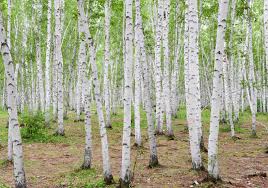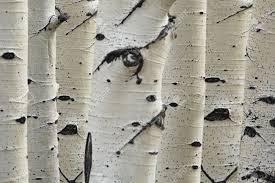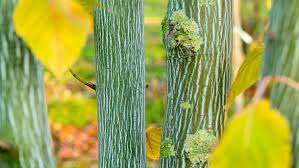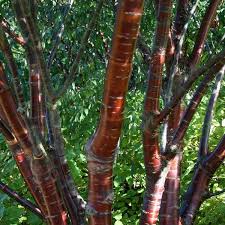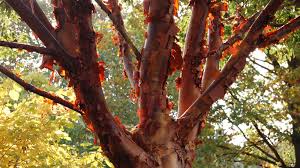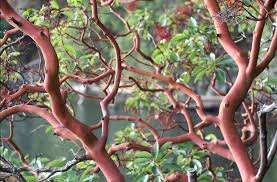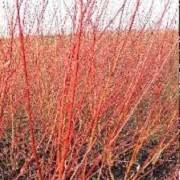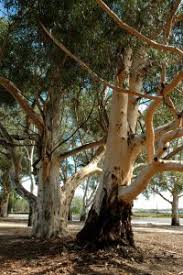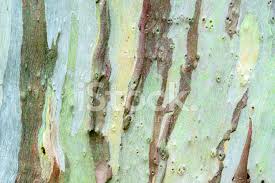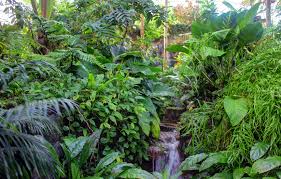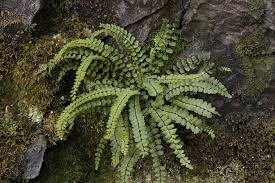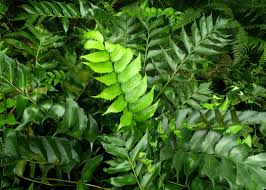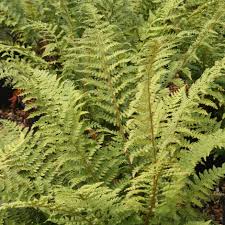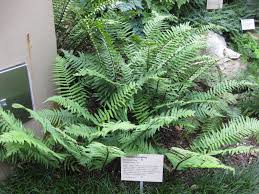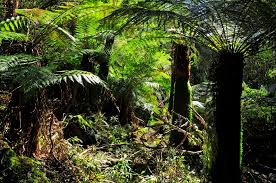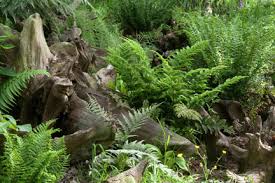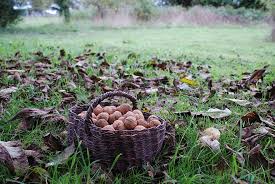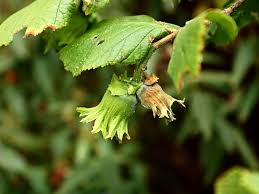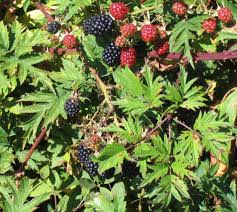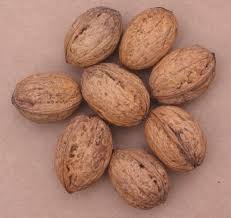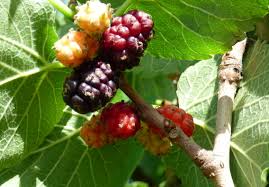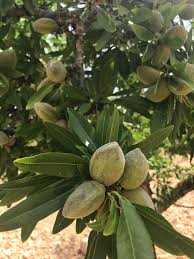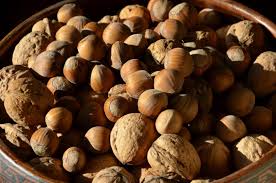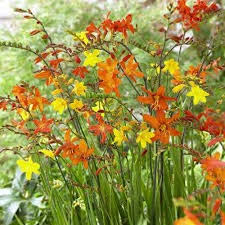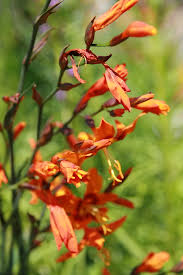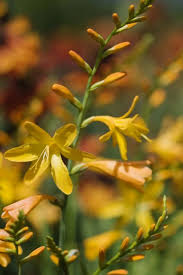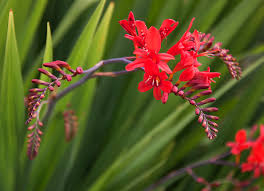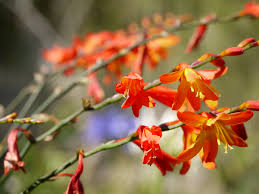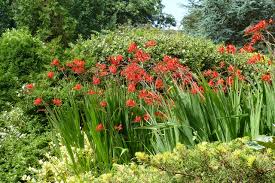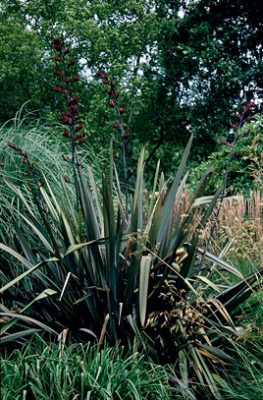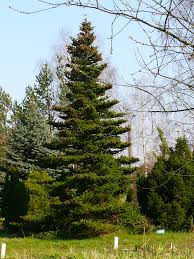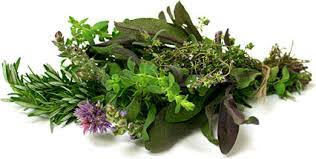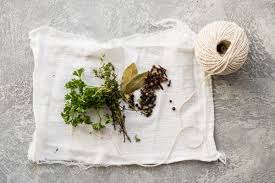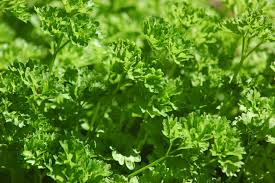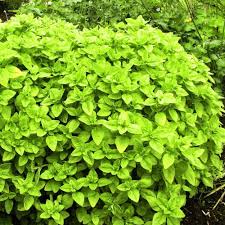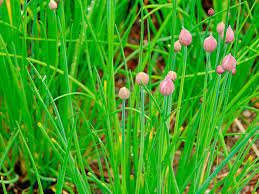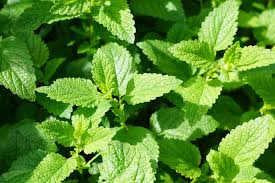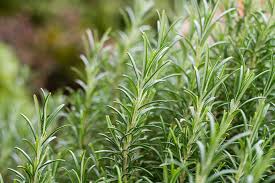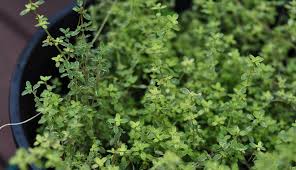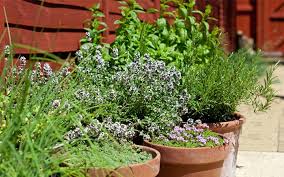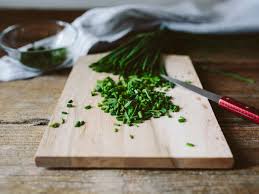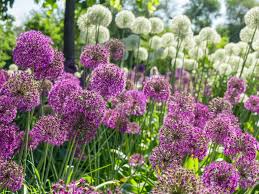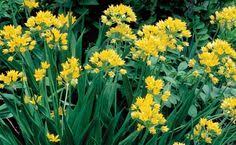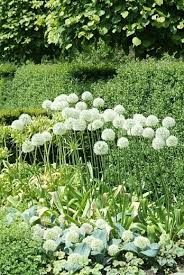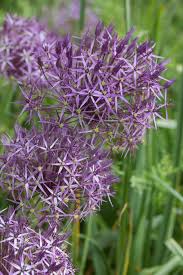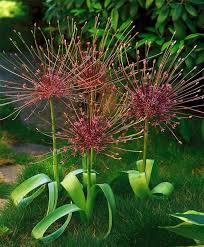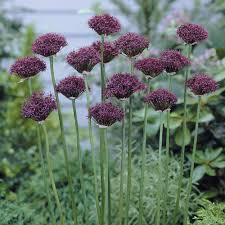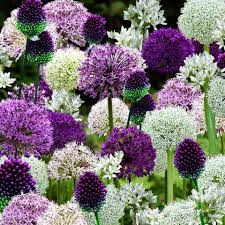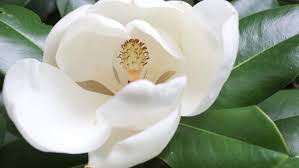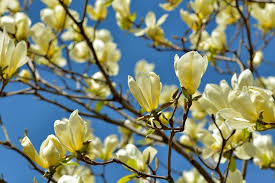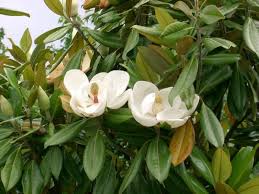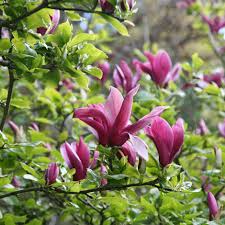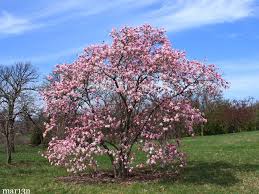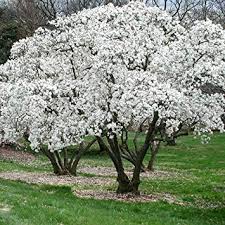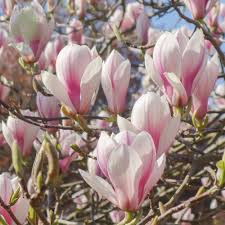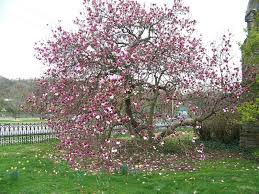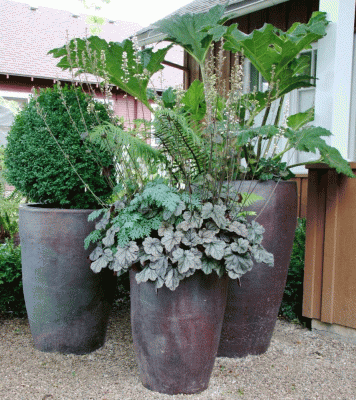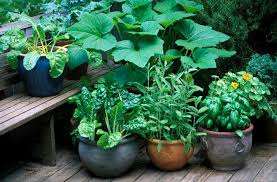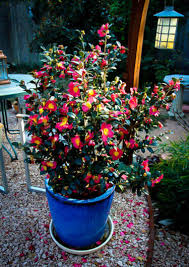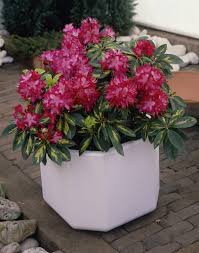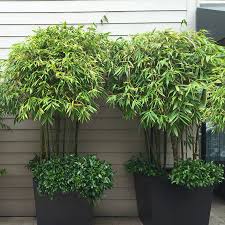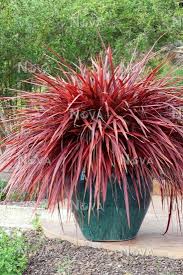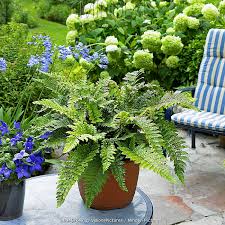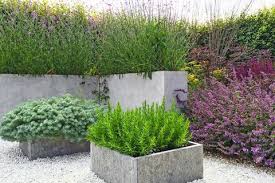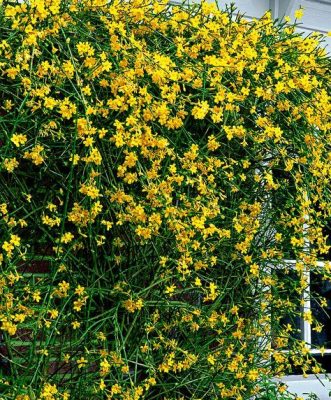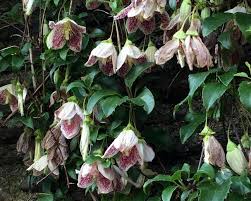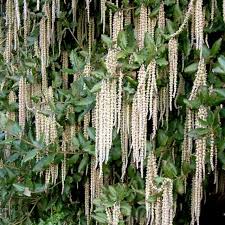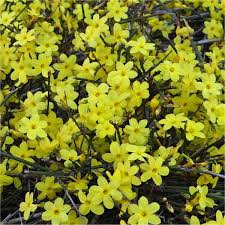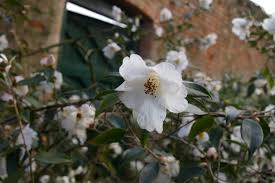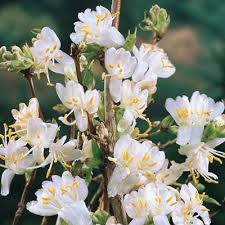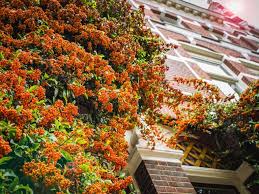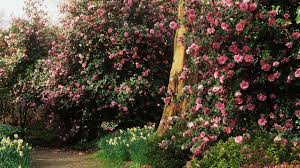
A mass of Camellias
By the time mid-winter comes about with short and dull days anything in the garden that adds a splash of colour, is to be grabbed and celebrated. So Camellias, with varieties that flower from October through to April are a good choice. With evergreen glossy foliage and attractive habit, whether grown in the garden as specimen shrub or on mass or even as an individual specimen in a pot are a must. Here are a few favourite
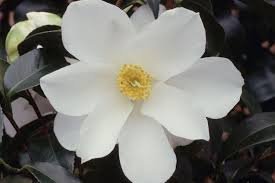
Camellia ‘Cornish Cream’
C. ‘Cornish Snow’: This lovely Camellia rightly has a AGM award. With a good strong upright habit which can become a large shrub. Delicate single white flowers with gold stamens, which are produced on mass.
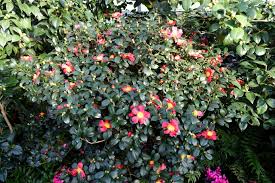
Camellia sasanqua ‘Yuletide’
C. sasanqua ‘Yuletide’: This is one of my top favourites, a medium sized shrub with an open habit. Flowers are borne in a succession a few at a time from mid -October until the end of January. Small single red flowers with a mass of yellow stamens, add a real splash of colour in the depths of winter.
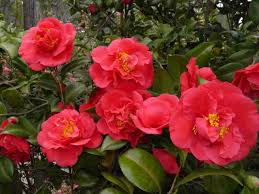
Camellia japonica ‘Kramer’s Supreme’
C. japonica ‘Kramer’s Supreme’: This camellia has a good compact habit forming an upright shrub. This Camilla packs a punch with large loose paeony like flowers in red and has a delicate fragrance, wonderful in an enclosed space or a pot by the back door.
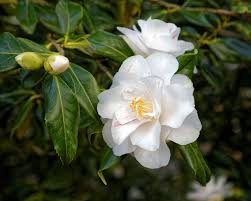
Camellia japonica ‘Lady Vansihart’
C.japnica ‘Lady Vansihart’: this upright camellia has unusual holly like twisted foliage, which is a real talking point. With small sauces blushed pink flowers.
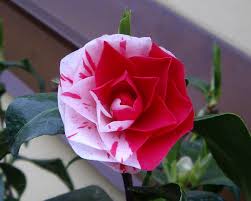
Camellia japonica ‘Lavinia Maggi’
C. japonica ‘Lavinia maggi’: A dramatic camellia which grows into a large shrub. Large double blousy flowers, some white, some, pink, some red. But most striped and blotch in all 3 colours. It is as if someone has had a mad Alice and Wonderland joke with a couple of paint pots. If you want a statement shrub this is the camellia for you.
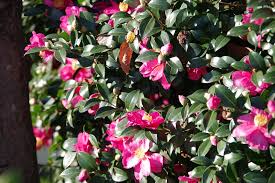
Camellia sasanque
C. sasanque: A graceful open habit, with sauce shaped white flowers with rich yellow stamens from late autumn through to early spring, giving a long display.
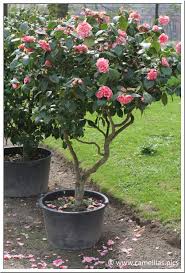
Camellias grow well in containers.
Tips: All Camilla like a neutral to slightly acidic soils with a rich humus compost that retains moisture well but dose not become water logged. They do best in dappled shade but will cope with some full sun. It is best to avoid early morning sun so that frost covered buds and flowers do not brown. The important thing to remember is that even when they have stopped flowering they need a good water through the summer months and must not dry out as this is when the flower buds are forming for the following year. A good helping of rotted leaf mould and feed should be added as a topdressing after flowering to help with flower bud development for the following year.
If you would like help developing a winter garden, then I know just the person to give you a hand. Give me, Emily a ring on 01273 470753 to disuses all your garden design needs.
I hope I have inspired you to add Camellias to your garden, weather in a boarder or a couple in pots by the front door. Enjoy!

